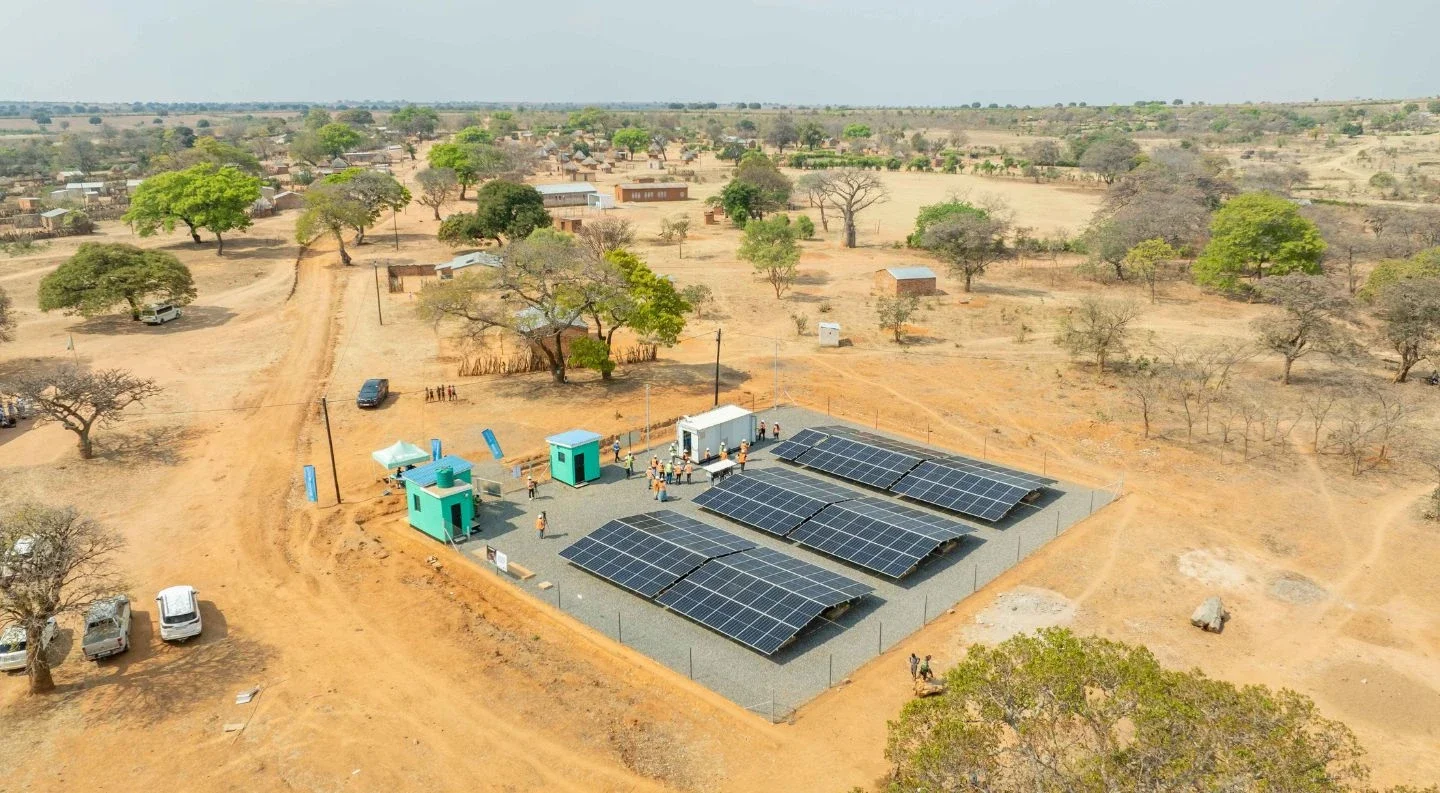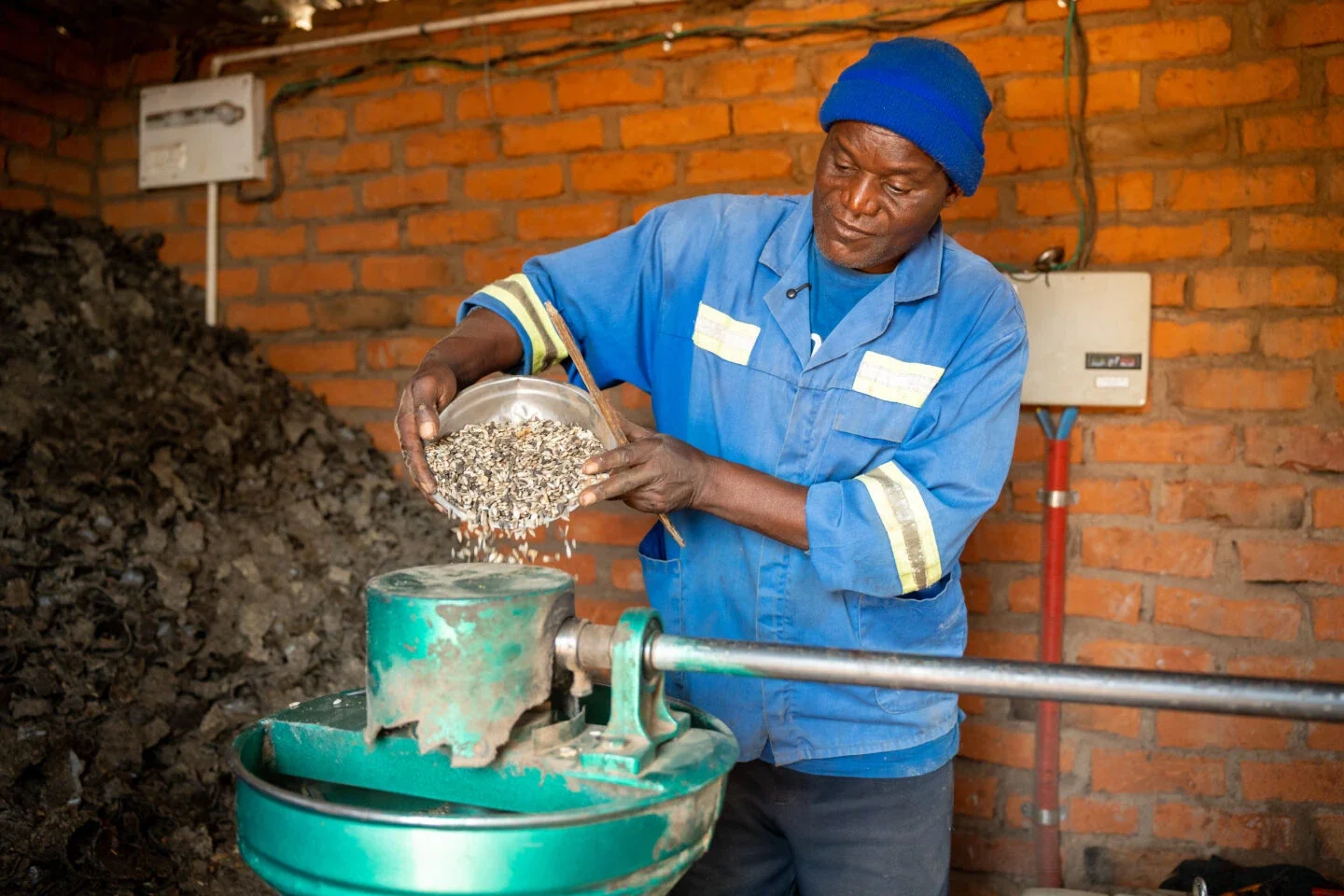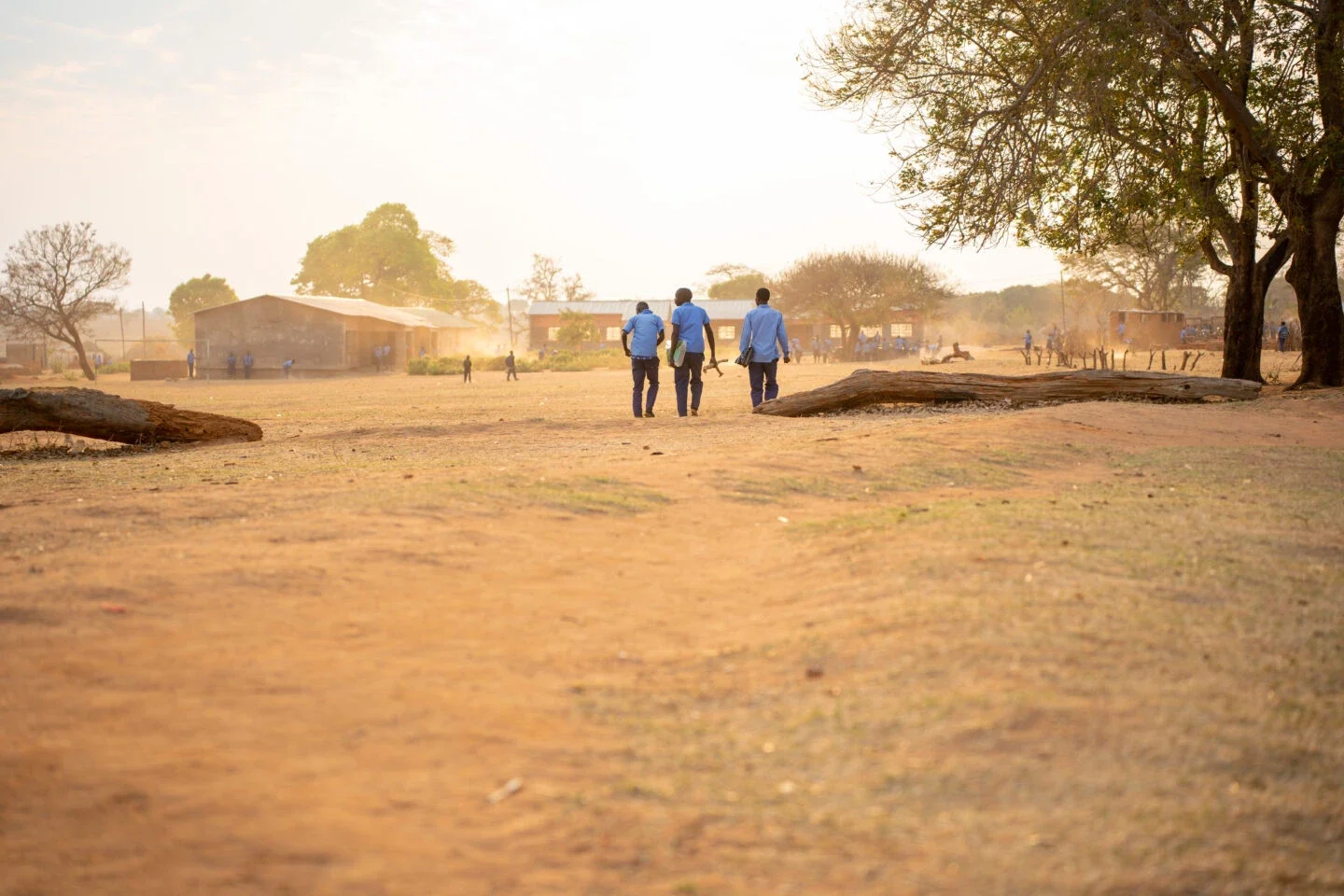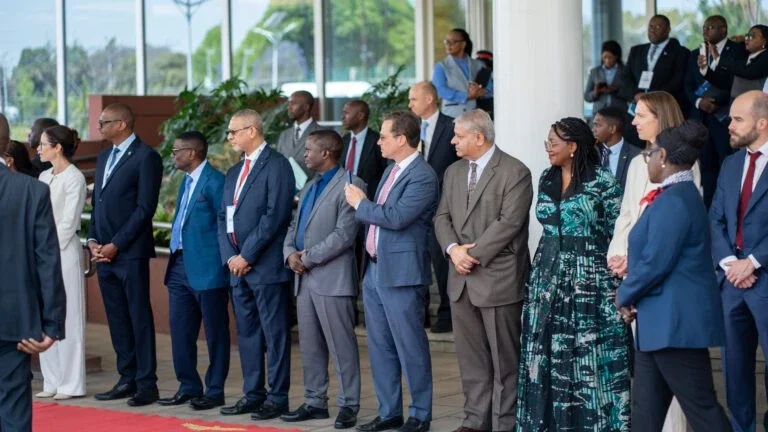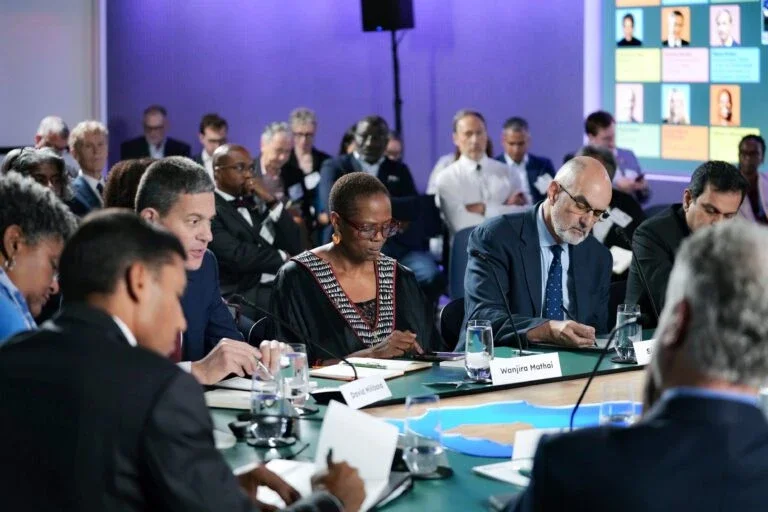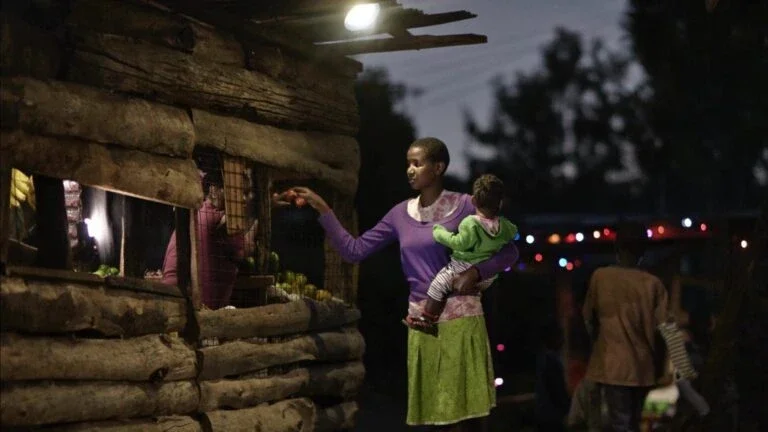A Future Lit with Possibility
The story of the Tembo family is one of resilience, innovation, and hope. Electrification can turn rural-to-urban migration patterns upside down, drawing youth back from urban centers to their villages. It can spur local enterprise, create jobs, and improve education and health outcomes, giving families new and fruitful opportunities.
“The productive use of energy is a game-changer for rural communities,” says Mukabanji Mutanuka, the SEforALL Zambia country coordinator. “It promotes industrialization and job growth.”
As Zambia advances toward its 2030 target for universal electricity access, Petauke stands as an example of what is possible when energy meets ambition. Zambia has emerged as a key mover in Mission 300, taking early action to translate its commitments into tangible results on the ground. By embracing reforms and supporting community-level mini-grids like Kanyanga, Zambia is showing that large-scale electrification is not just possible; it is achievable and already changing lives. For the Tembo family and their community, the future is bright, powered, and full of promise.
